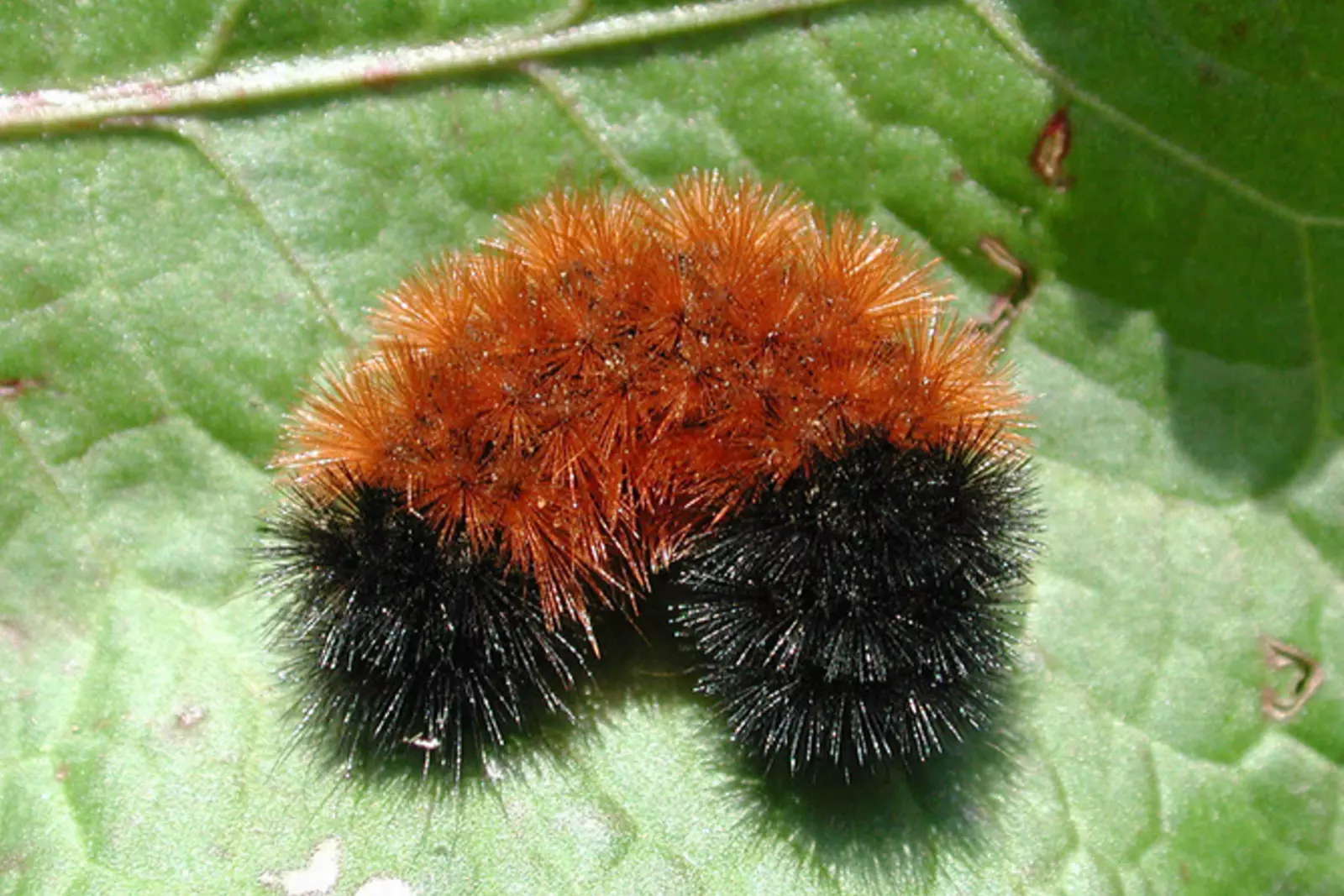


That's all there is they just want to sleep for the winter in a dark, sheltered spot.īy springtime, the caterpillar forms a cocoon, and a few weeks later becomes an Isabella tiger moth, which is active at night throughout the summer. Lastly, the caterpillar travels north, south, east or west in search of a place to curl up and hibernate for the winter. The woolly caterpillar’s coat helps it survive the winter, living through temperatures as low as -90 degrees! As a result, we may see many different color and hair variations each fall that would alter the folklore’s forecast. So, the coloring and size of the woolly worm tell us about the past, not the future.Ĭaterpillars shed their skins several times before reaching adult size, and their colors change with their age, too. The width of the banding is an indicator of the current or past season’s growth.

The jar should have a lid to prevent the. The better the preceding growing season, the bigger the woolly worm will grow. You can safely keep a woolly bear caterpillar in a clear plastic jar, like a mason jar. In North America, there are over 200 species. And it is the width of this orange band that folks say can predict the oncoming winter. The wooly worms that are at the center of the winter forecasting legend are black at each end with a reddish-brown band in the middle. The caterpillar’s coloring is thought to be based on its age, how long it’s been feeding and its species. There are several species of caterpillar that are commonly called wooly worms. The caterpillar can’t predict what Old Man Winter has in store for the upcoming winter season. As much fun as it is to search for the woolly worm each fall, don’t put your bets on it.


 0 kommentar(er)
0 kommentar(er)
